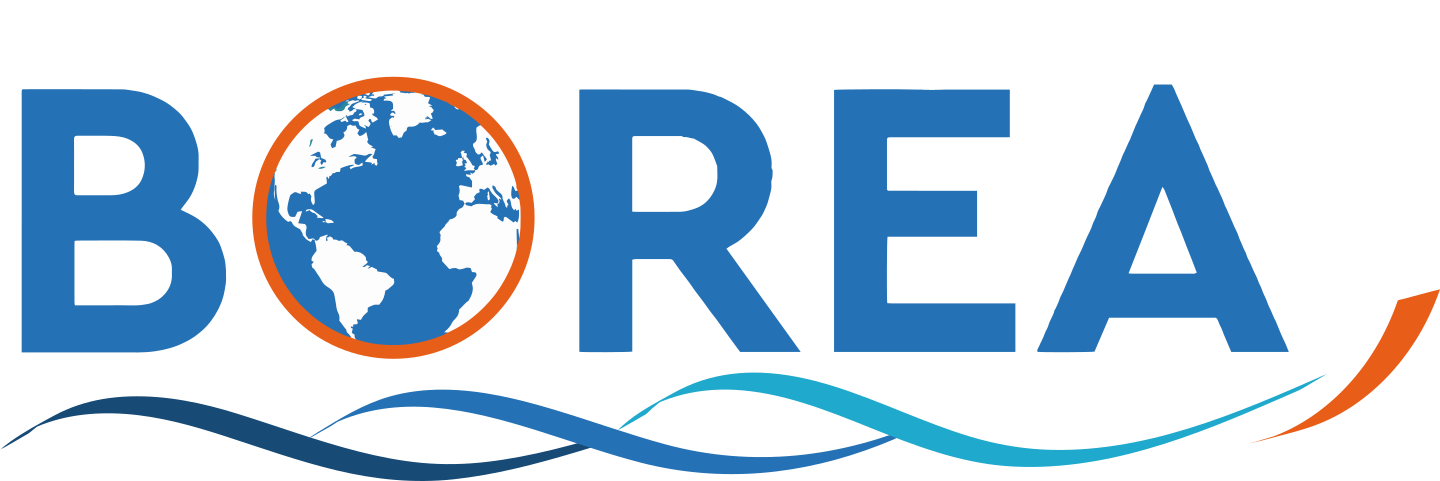Journal
Noise produced by human activities has increased in the oceans over the last decades. Whereas most studies have focused on the impact of anthropogenic noise on marine mammals and fishes, those focusing on marine invertebrates are rarer and more recent, especially when considering peri-metamorphic benthic stages, highly sensitive to anthropogenic perturbations. A careful review of the literature reveals a simplistic characterization of the acoustics within the containers used to quantify larval and juvenile responses to noise, thus weakening the conclusions of such works. To address this problem, we developed the Larvosonic system, a laboratory tank equipped with acoustic assets to assess the impacts of noise on young stages of marine invertebrates. We first provide a careful analysis of the tank sound field using different sound types, and we assess the effects of expanded polystyrene units on the sounds emitted by a professional audio system in order to dampen reverbera- tion and resonance. Then, we apply this acoustic calibration to the effects of both pile driving and drilling noises on postlarvae of the scallop bivalve Pecten maximus. Acoustic recordings highlight that diffuser and bass trap components constitute effective underwater sound absorbents, reducing the reflection of the whole fre- quency bandwidth. Scallop experiments reveal that both type and level of the tested noise influenced postlarval growth, with interactive effects between trophic environment and noise level/spectra. The Larvosonic system thus constitutes an efficient tool for bioacoustics research on bentho-planktonic invertebrate species."<br>
<br>

